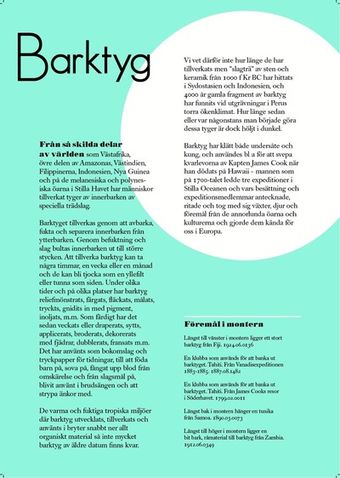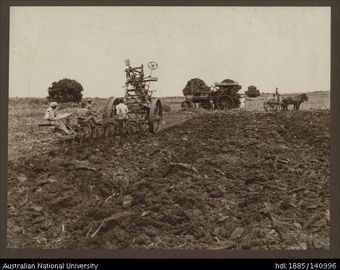Connect with Museum of World Culture
Contact this content partner to get more information about this item.
exhibition text
- Description:
- A DE GR SERVICE T between USA and Mexico has a long conflicted history of water. At the border, the movements of people in the north are hampered and the flow of the water is impeded south. More than 90 percent of the Colorado River disappears in American dust constructions and dams. When River approaching the Mexican side is what which remains mostly a dehydrated cracked river bed. THE MILITARIZED BOUNDARY between the United States and Mexico has a long history of Mexico over over water. At the border the flow of people is oriented from going - going - the river b. Over 90 Over of the Colorado River Discretely into American ladies and appears Interest. By the time the river reaches the Side, all that is a cracked and arid riverbed. AT T CORSA THE HAID CONVENTION ADE GR THE USE between USA and Mexico has become increasingly difficult. The Water Bottles and the hand embroidered canvases are left traces from migrants who have tried to move north through The Sonora Desert. The migrants carry as much water as they do possible, but it is almost never enough. Many die of thirst, heat stroke or because they drunk contaminated water. TO C RO S T HE HE OF ILY G U A RDE D BOR DER between the United States and Mexico has ingly difficult. These water hand-embroidered cloths are the migrants trying to cross to the through the Sonoran Desert. The migrants carrying as much as possible, but it is almost almost almost almost. Many die of thirst, of heatstroke or of stroke water. ANTROPOCEN is a name for a new geological epoch. It means that man is now changing the whole Earth’s climate and ecosystem. Combustion of fossil fuels, overutilisation, mass consumption and extinction of species has affected the soil balance and ability to recover. Many serious words could describe how a smaller part of the richest population in the earth last hundred years exploited the world around : irresponsibility, arrogance, greed and egoism. Anthropocene succeeds the holocene, the period in Earth’s history that began 11.500 years ago. An epoch that led to the emergence of agriculture, cities and larger communities. What Anthropocene will mean is still open. T HE A N T HROPOCENE is a name given to a new geological epoch. This changing the changing global changing and its ecosystems. The fossil, overuse, Mass have the Earth’s balance and ability to return. One use many grave words to how a small small of the world’s richest population have exploited the world around them in the past years: iryears, arrogance, greed and egoism. The Anthropocene The the Holocene, the period in geological history that ago. It was an epoch that suffered to the agriculture, cities and environments. What the Anthropocene will Anan open EVERYTHING IS CONNECTED. The anthropocene changes shows how close everything is connected. Relationships and coexistence between individuals, organisms and ecosystems. We are part of the same system as everything other living. More and more people realize the seriousness and take the initiative to radical transformations. Something might last anyway to happen. The world leaders have great pressure on themselves to stop emissions, to finance energy conversion and support those most affected by climate change. Many of the museum’s collections come from places where the ecological and cultural links have been inseparable. Some of the items have been manufactured and used by people with close and more sustainable relations with the earth and everything that grows and exists. E V
- Format:
- text
- Collections:
- Museum of World Culture
- Content partner:
- Museum of World Culture
- Availability:
- Not specified
-
Copyright status: Share, modifyFind out more about what you are able to do with this itemMore informationMuseum of World Culture has this to say about the rights status of this item:
http://creativecommons.org/publicdomain/zero/1.0/
What can I do with this item?Non-infringing useNZ copyright law does not prevent every use of a copyright work, and this item may be hosted by an international institute or organisation. You should consider what you can and cannot do with a copyright work.Share itThis item is suitable for copying and sharing with others, without further permission.Modify itThis item is suitable for modifying, remixing and building upon, without further permission.Check about commercial useYou'll need to confirm with the copyright holder using this item for commercial purposes.
Welcome and warm Pasifik greetings
The information on this site has been gathered from our content partners.
The names, terms, and labels that we present on the site may contain images or voices of deceased persons and may also reflect the bias, norms, and perspective of the period of time in which they were created. We accept that these may not be appropriate today.
If you have any concerns or questions about an item, please contact us.

